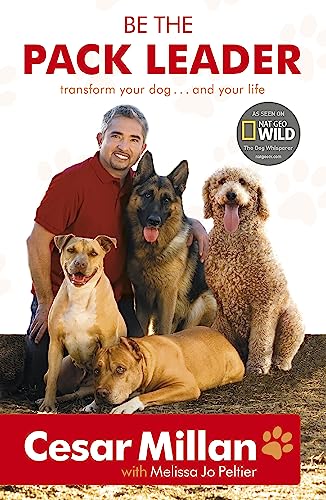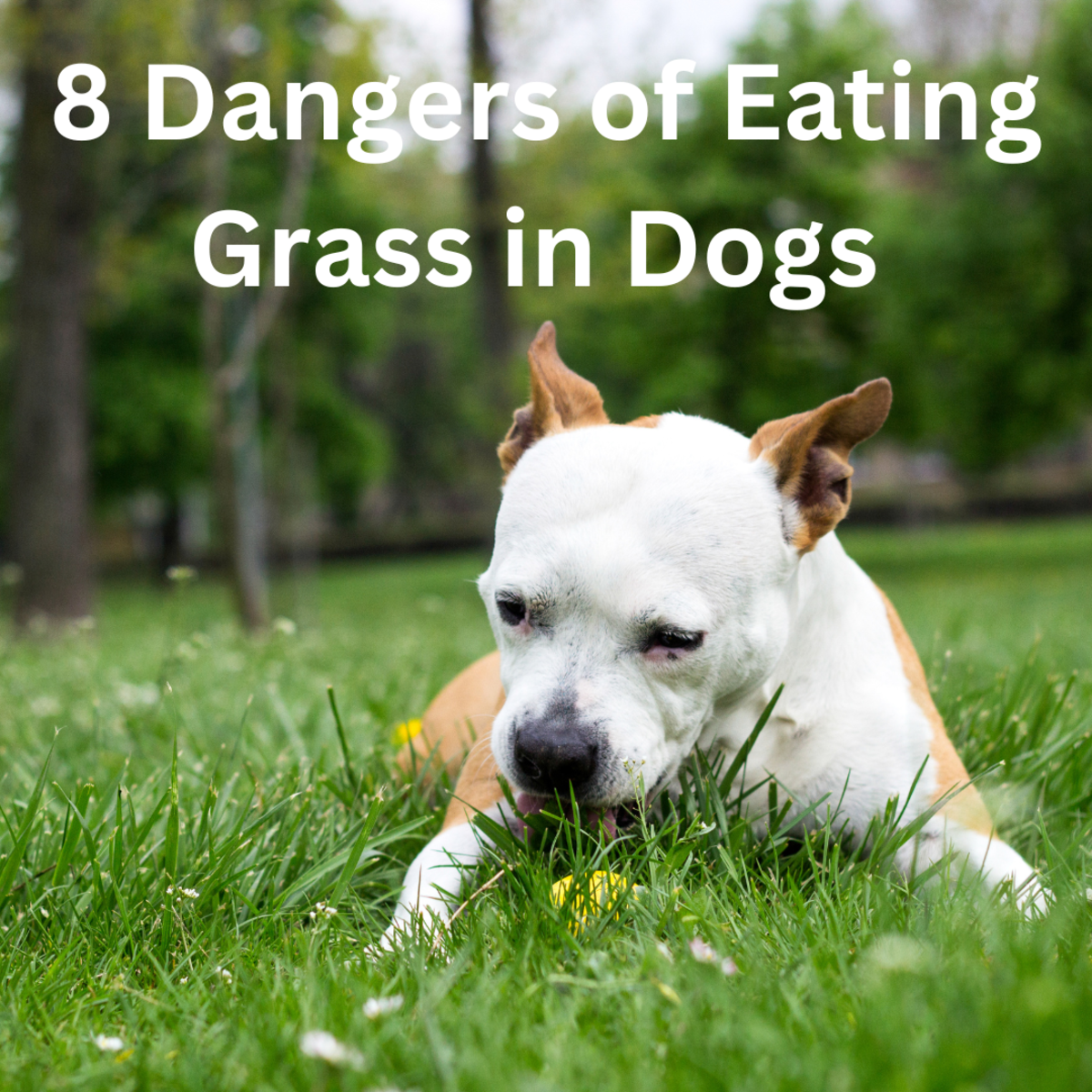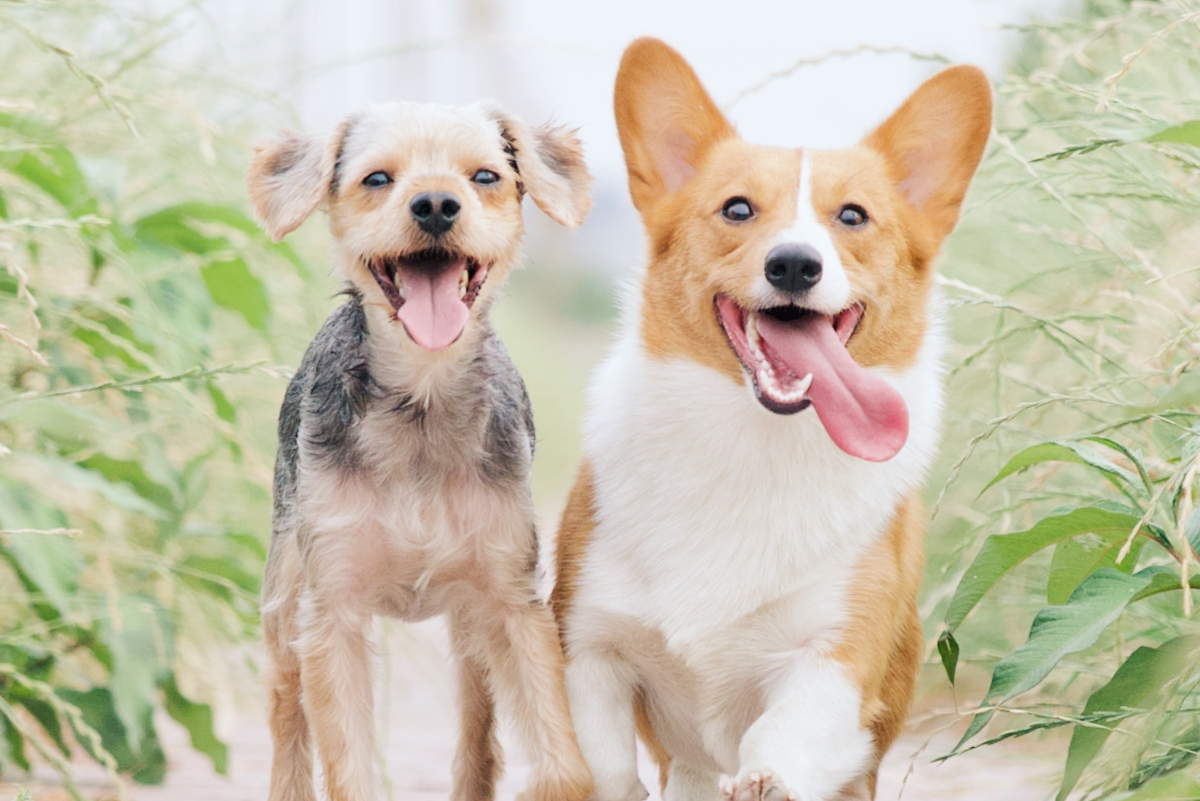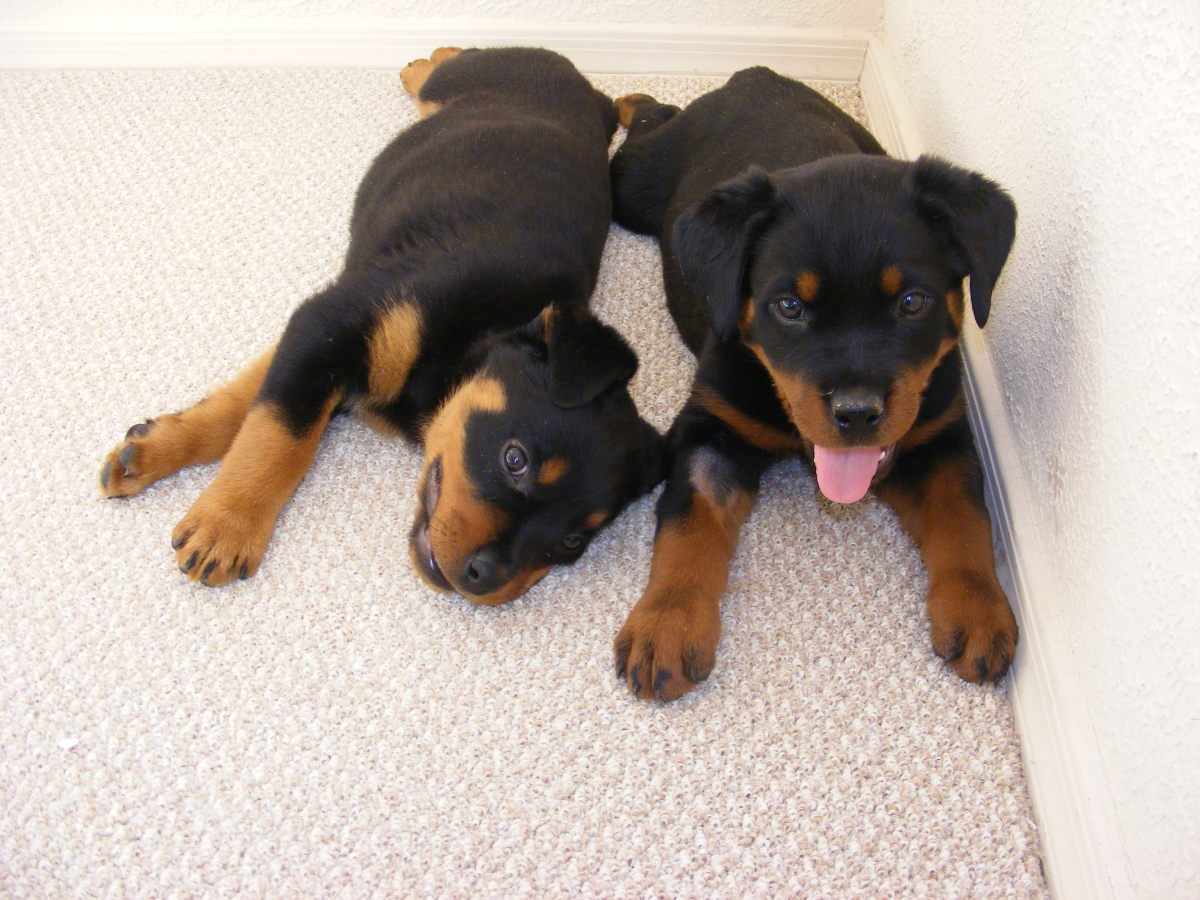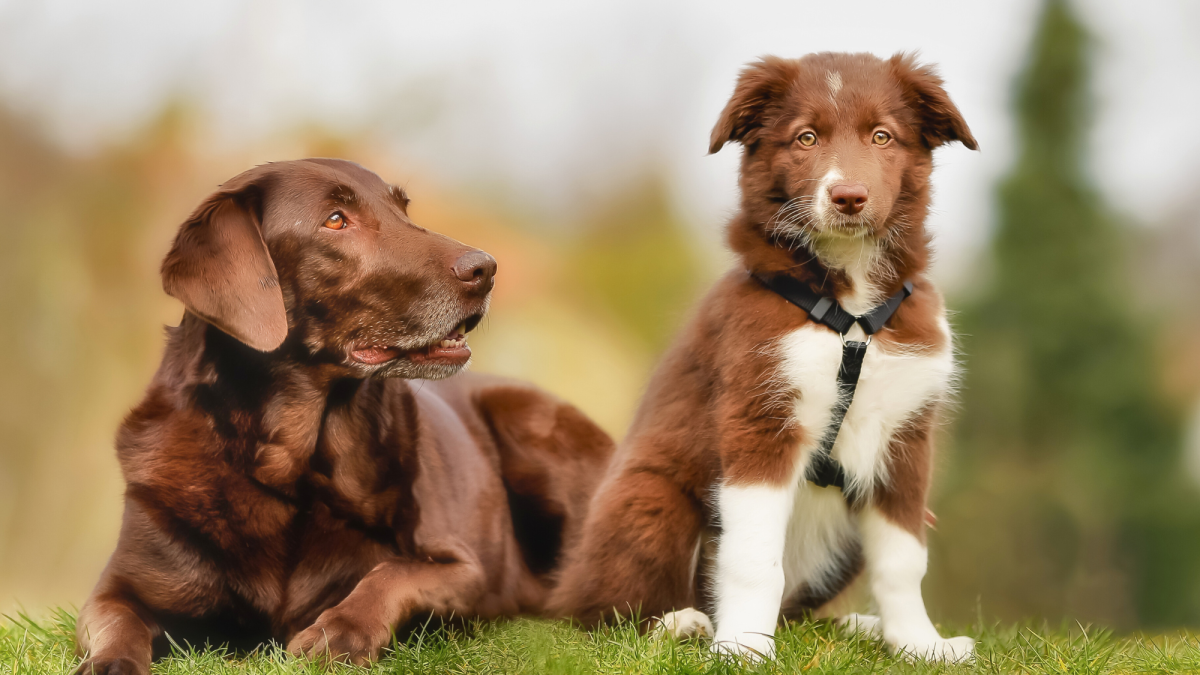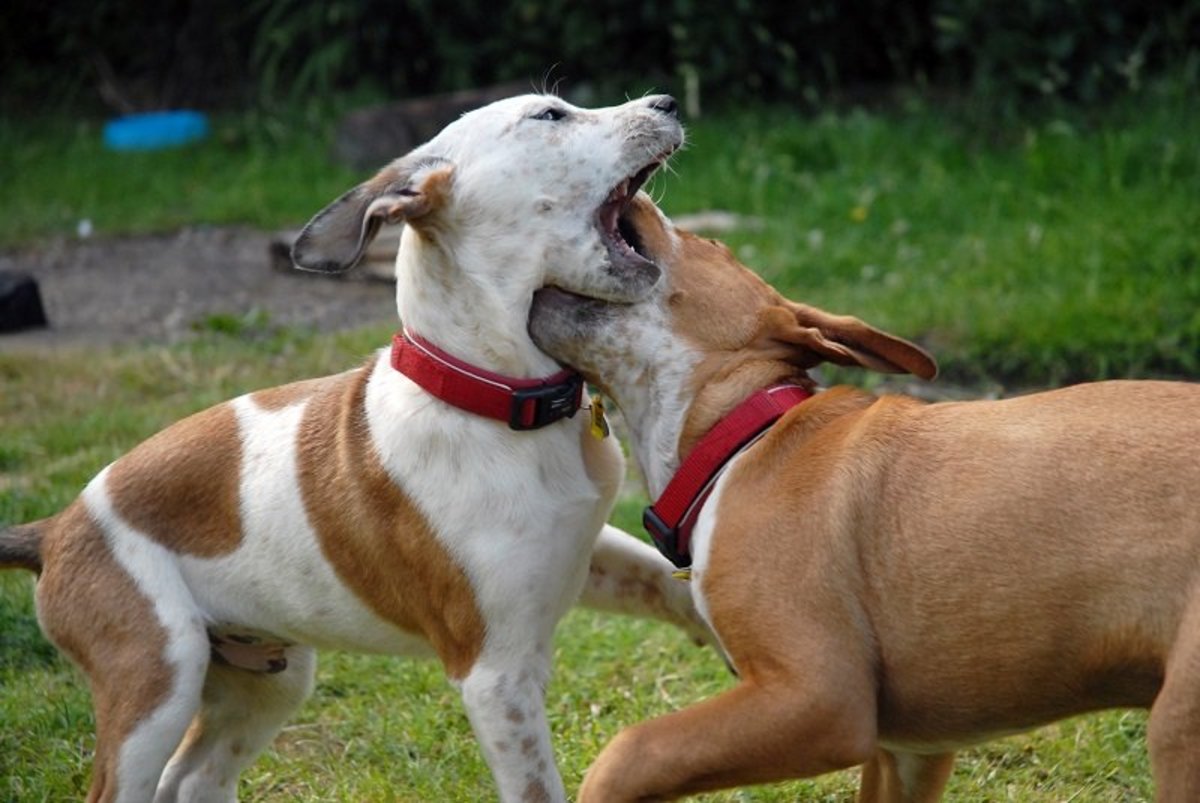Weird Dog Behavior Explained
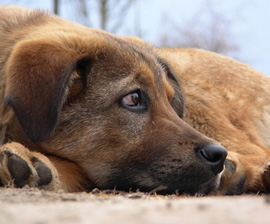
Urinating Inside
Anyone who owns or has owned a dog, and has gone through the process of house training them, may have encountered on several occasions, instances where their dog has urinated indoors, years after their initial house training. In the wild, when in packs dogs have a few options at their disposal to try to signal their sub ordinance to the alpha or lead animal, one such method is to roll on their backs and urinate on themselves. The behaviour is common in pups, but they usually outgrow it by adulthood. However, the behaviour can persist into adulthood if the dog remains timid, then it goes by the name of submissive urination. A dog that urinates when playing or being greeted is exhibiting excitement urination. Dogs that urinate through submission are usually shy, anxious and timid, and they may have a history of mistreatment and abuse. It can be caused by a dog being unclear of the rules and on how to behave, this results in the dog becoming chronically insecure. When they submissively urinate, they also adopt a submissive posture to anyone they perceive as leader, to avoid punishment.
How to deal with it?
- Teach them commands using positive reinforcement treatment.
- Maintain as much of a consistent routine and environment as possible.
- Gradually expose them to new people and new situations. Try to ensure that these new experiences are happy.
- Keep greetings low key (no bear hugs or loud voices- as the dog may interpret them as acts of dominance).
- Encourage and reward confident postures such as sitting or standing.
- Give them an alternative to submissive behaviours by encouraging them to ‘sit’ or ‘shake’ as you approach, reward them for obeying.
- Get down on their level by bending your knees rather than leaning over, avoid direct eye contact. Ask others to approach them in the same way. Stroke them under their chin rather than on top of their head and always approach from the side rather from the head on.
- Don’t punish or scold them, as you’ll only make the situation worse.
Above all, be patient, as with all things when it comes to dogs, it takes time:
- 8 Ways to Stop Submissive Urination in Dogs
A useful link for additional information on stopping submissive urination in Dogs.
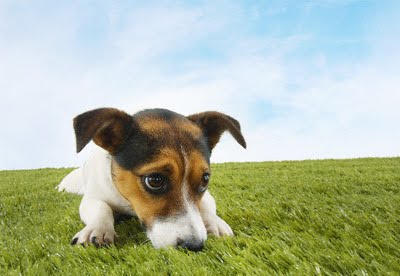
Eating Grass
Eating grass is a common behaviour observed in both domestic and wild dogs. Many owners worry however, whether grass is safe to eat for the dog? Is it a sign that the dog is sick or bored etc? The behaviour is more common in pups and younger dogs as they get bored quicker than older dogs and take to eating grass more frequently. Most people, including myself until very recently think that the dog is suffering from some sort of sickness, but there is no evidence to support this, fewer than 10% who eat grass are sick and does not usually lead to vomiting. There is no one reason why a dog might eat grass, but some of the suggested ones are:
- Boredom.
- Improving digestion.
- Treating intestinal worms.
- Boosting the level of fibre in its body.
- Simply liking the taste and feel of grass.
If you’re still worried:
Dog grazing does not normally harm your dog, but if you’re still concerned about the dog eating grass and want to try and deal with it. Then here are some recommendations:
- If the dog’s bored- then try exercising or play with them, toss a frisbee or play another stimulating game, alternatively you can give them a sturdy chew toy to keep them occupied.
- If you fear your dog is eating grass because of a nutritional deficiency, then try switching to high fibre dog food, which should help to alleviate the problem.
Despite the fact, that dog grazing is normally harmless, please be mindful that many modern suburban green spaces are treated with fertilisers, herbicides and pesticides and can be toxic if ingested, also be vigilant of the plants that you grow in your garden and in your house, please check with an expert if you have any concerns.
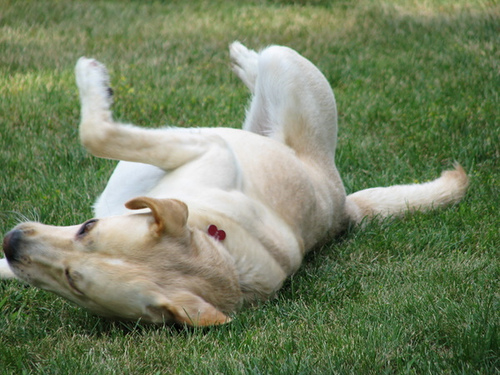
Scent Rolling
Many people have witnessed the rather unpleasant experience of either witnessing other dogs or catching their own dog rolling in something smelly. There are times though, when your dog may simply decide to roll in the grass for fun. There are various reasons why they do it:
- Cover up perfume: Dogs will sometimes roll in grass, just after having a bath. Some shampoos have perfumes that may smell nice to us, but smell awful to a dog. It’s simply an attempt to mask an unpleasant odour.
- Mask their own scent: This is the most credible theory to date, and it goes like this- Wolves often roll on top of decomposing carcasses and faeces of herbivores, it enables them to mask their own scent and sneak up on their prey. This ancient instinct has carried over to the domestic dog.
- Advertise to the pack: Dogs may also roll in faeces and on top of carcasses to advertise what they have found to the rest of the pack. When they do it on the dog walk, it means that your dog has found something interesting and wants to ‘tell’ you about it.
- Attention: Sometimes dogs will roll around in the faeces of another dog, it’s not particularly common. If they do it, it’s usually an attempt at attracting attention, or it may be some sort of distorted behaviour brought on by stress.
Although scent rolling is not exactly desirable behaviour, you should never punish your dog for doing it, because it is entirely natural. The only things you can really do to at least lessen the amount of time the dog engages in the behaviour, is to keep an eye on them, and to use unscented shampoo when giving them a bath.
Humping your leg
Male dogs, obviously usually hump for sexual reasons. But domestic dogs of both sexes sometimes hump furniture including cushions, pillows, and chair legs and sometimes they hump your leg. If you find your dog humping furniture, they may have an itchy genital area. On occasions where they hump your leg, they are either excited, bored, seeking attention or anxious. Also it may be to inform you that they are dominant, as it mimics the behaviour of wolves, where dominant animals will regularly hump sub-ordinate animals. The only way to deal with it is to establish beyond all doubt why your dog is doing it, if you suspect that the dog is humping for dominance reasons, then you must establish that you are the dominant animal. If your dog has not been neutered or spayed, then it should merit consideration.
© 2012 James Kenny

